Securing the proper insurance coverage may be the last thing on a recent graduate’s mind, but it shouldn’t be. As many grads face the prospect of student loans and a tough job market, purchasing anything beyond health insurance may not be a personal or financial priority.
However, failing to purchase certain types of insurance – or opting for extraneous coverage – can be much costlier for young adults over time. Here are several types of insurance with which recent graduates should become familiar.
Auto insurance
Young adults who are no longer covered under their parent’s auto insurance plan must purchase their own coverage if they have their own car.
If you have a car or plan to purchase one, shop for affordable auto insurance rates and ask for discounts.
Some auto insurance companies give discounts for safe driving records, belonging to certain professional associations and organizations, driving only a certain number of miles per year, and bundling multiple insurance policies with the same company. Talk to your insurance agent to find out which discounts you qualify for.
If you’re driving an older car, it’s important to make sure you’re not overpaying for insurance. If your car is worth less than $1,000 – or less than 10 times the insurance premium – and you can afford to replace your vehicle if it’s totaled, collision coverage may no longer be cost effective.
Disability insurance
Disability insurance can seem like an unnecessary expense to many recent grads, especially if they’re young, healthy and living paycheck to paycheck like many young adults.
However, financial instability is precisely why millennial’s should find a way to secure some form of disability income protection. The Council for Disability Awareness reports that one in three women and one in four men will have a disability that keeps them out of work for 90+ days at some point during their working lifetime.
How much will disability insurance actually cost you? The annual premium amounts to approximately 1 to 3 percent of your yearly income. The cost depends on the policy’s features, advantages and type of benefits.
Long-term disability insurance can be acquired through a private insurance company or run through a company-sponsored plan, and these policies typically pay between 50 to 66 2/3 percent of your pre-disability earnings
Renter’s insurance
Renting is on the rise – research shows that the growth of the renter population has outpaced the growth of the homeowner population in most large U.S. cities.
The average renter owns approximately $20,000 worth of personal belongings. Many of these items can be difficult to replace without insurance, yet only 37 percent of renters in the United States actually have renter’s insurance.
Nearly 60 percent of 18 to 29-year-old’s are renters, but many young adults skip this insurance coverage because they think it’s too expensive or don’t think they really need it.
Renter’s insurance premiums average between $15 and $30 per month, depending on the policy details. For just $120 to $150 a year, recent grads can get $200,000 worth of personal property coverage.
Renter’s insurance pays to replace your belongings if they are stolen, damaged or destroyed. If you think your landlord’s insurance will cover your belongings, think again – it only covers the building, not the contents
If you’re moving back home with mom and dad after college, their homeowner’s insurance policy should provide sufficient coverage.
We have included a quote request form for anyone who is looking for coverage other than auto and home.


